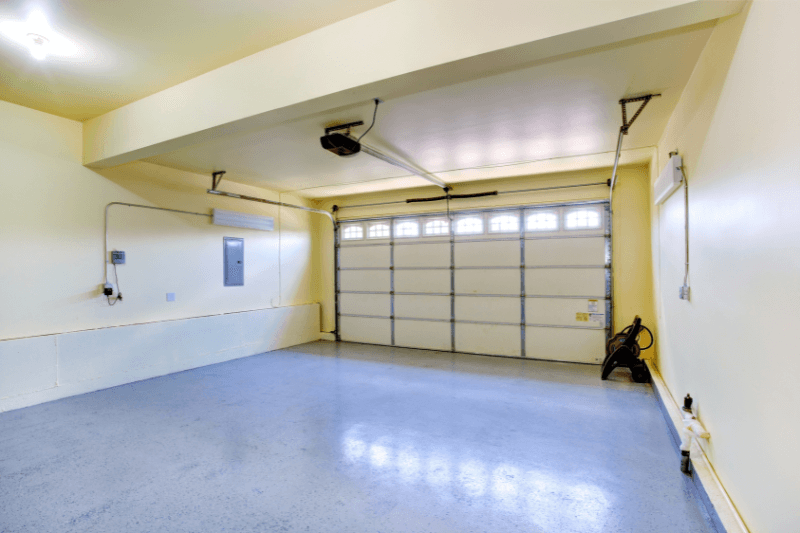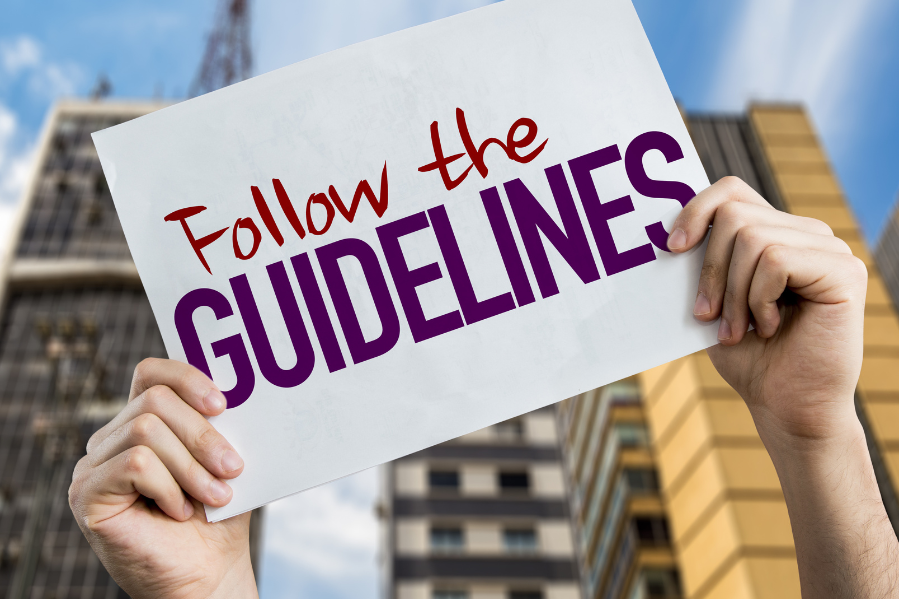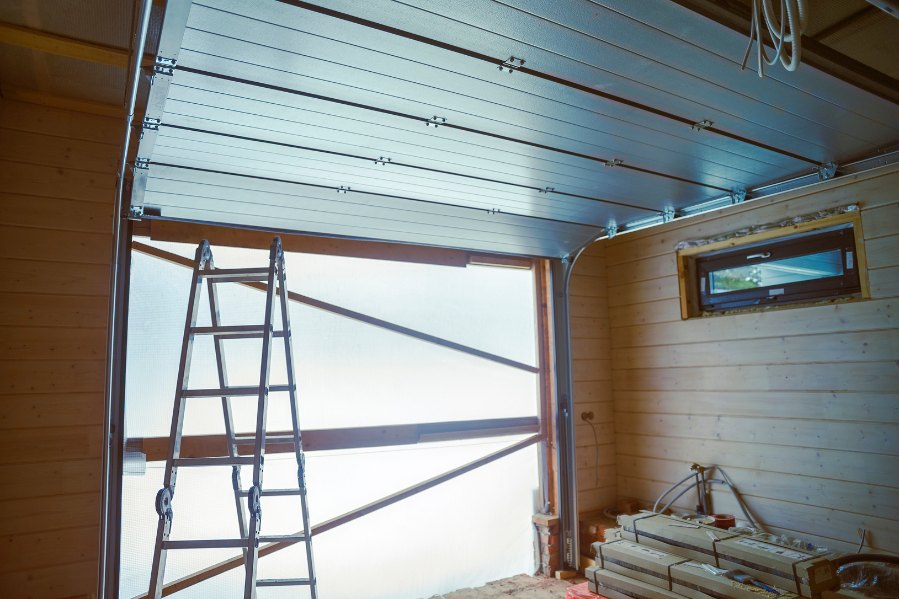Seeing cracks in your garage floor can be alarming, but it’s a common issue many homeowners face.
At first, you might worry about foundation problems or other serious issues, but often these cracks are harmless, even if they look concerning at first glance.
In this article, we’ll walk you through why garage floors break, how to decide if they are serious, ways to keep them from occurring in any case, and the maintenance choices accessible to you assuming you end up with garage floor breaks or joints that should be fixed. So let’s begin our discussion.
Why Garage Floors Crack at First Hand?
Garage floors normally break because of the accompanying reasons: an absence of proper joints, and the sub-surface moving which makes the floor sections settle or move.
1. Deficient Joints
Concrete expands and contracts with variances in temperature, yet if there’s no space for this development, the concrete can break.
The purposefully positioned holes and lines going through your concrete are exceptional joints that permit the concrete to move appropriately and limit cracking (extension joints), or the presence of cracks assuming they structure (control joints).
On the off chance that your garage floor doesn’t have development and control joints, there aren’t enough of them, or they’re inappropriately positioned, your garage floor is probably going to break over the long run because of normal extension and constriction.
2. Settling
Over the long run, the sections that make up your garage floor can start to sink and become unlevel. During this cycle, the movement can cause your garage floor to break.
Settling is brought about by various elements, such as soil disintegration, inappropriate compaction of the base materials when the concrete is installed, voids under the chunks, and unfortunate water drainage.
The issues that accompany settling can be lightened by utilising concrete evening out to make up for shortfalls and lift the sections back up to a level position. Doing this straightaway in the wake of seeing the pieces are settling can assist with keeping breaks from shaping.
DIY Garage Floor Crack Repairs: 5 Easy Steps for Success

Fixing cracks in your garage floor is easier than you think. With just a few tools and five simple steps, you can repair the damage, smooth out the surface, and protect your garage from future cracks.
It’s a quick DIY project that saves you money and keeps your garage looking great!
What You’ll Need
| Tools | Material |
|---|---|
| Safety equipment | Concrete cleaner |
| Broomstick | Concrete patch mix of choice |
| Scrapper | Epoxy coating |
| Pressure washers | Self-leveling floor resurfacer |
| Sealant gun | Concrete bonding adhesive |
| Putty knife/paint scraper | |
| Mixing equipment |
Instructions to Follow

Follow the instructions given below to repair your garage floor cracks.
Step 1: Assess the damage
Get out of the area by eliminating everything from the garage floor and leaving any vehicles outside.
When the floor is totally clear, examine every one of the cracks in the concrete, including their size and where they start to shape. This will assist you with deciding the right fix technique to utilise.
If you notice unexpected issues during the examination, like water spillage or primary issues underneath the surface, look for an expert for feedback. They can affirm whether the cracking is more serious and which fixed materials are best for your floor.
Step 2: Clean and Prepare the Floor
Then, completely clean the garage floor. Fire by clearing up soil and flotsam and jetsam, then follow with pressure washing. This step will assist with eliminating any difficult refuse and little stones perhaps stuck inside the cracks.
After washing, utilise a push brush or wiper to drive all overabundant water into the channels and permit the concrete floor to dry.
Apply concrete holding cement to the garage floor as the preliminary, spreading it uniformly across the surface with a roller. Let this dry for around two hours.
The cement will assist in bonding the new concrete with the current concrete surface.
Step 3: Fill the Cracks
Utilising your caulking firearm, press out the concrete break-fix and blend into the floor breaks, gradually filling the breaks each in turn.
For settled concrete spot regions where the floor cracks are unleveled — you’ll have to utilise a resurfacer blend.
Completely blend and pour the floor resurfacer (ideally a self-evening-out item) across the settled regions per the maker’s directions.
Step 4: Smooth and Mix
Utilise your putty knife or paint scrubber to spread and smooth the substantial break-fix blend equally across the break surfaces.
Then, spread the floor resurfacer uniformly over the unleveled regions by utilising a wiper. As the name conveys, a self-evening out resurfacer levels as it fixes, saving you time.
After smoothing and mixing the concrete patches, sit tight for the relieving time and drying process. Break-fix blends might require two to six hours, and resurfacer blends might require six to 24 hours before they are dry to the touch.
Step 5: Apply Floor Covering
Applying the floor covering is the last step. Epoxy covering (or your sealant of decision) will solidify as a surface layer. This safeguards the garage floor from harm and hides those fixed cracks.
Permit around 24 hours of drying time before adding a second layer of covering.
When applied accurately, floor coatings work on the concrete floor’s sturdiness and make it impervious to dampness and stains. For best outcomes, apply floor coatings when the weather conditions are cool and agreeable, not in very warm temperatures.
Likewise, stand by basically seven days before leaving vehicles inside the carport, and permit the epoxy to fix and solidify uniformly first completely.
How to Prevent and Maintain a Crack-Free Garage Floor
After fixing and smoothing the cracks in your garage floor, it’s crucial to take steps to prevent future damage and extend the lifespan of your garage.
Regular inspections and maintenance are key to avoiding new cracks and ensuring your floor remains in good condition.
- Understand Common Causes: Concrete garage floors tend to crack due to temperature fluctuations, causing expansion and contraction from freezing and thawing cycles. You can minimize this by installing proper insulation and temperature control in your garage.
- Keep It Clean: Dirt, grime, and road salt, especially during winter, can deteriorate concrete over time. Regularly sweep and clean your garage floor to prevent debris buildup, which can accelerate cracking.
- Address New Cracks Immediately: As soon as you spot any new cracks, make it a priority to fill or repair them. Quick action can stop cracks from spreading or worsening.
- Use Concrete Sealers: After fixing cracks, apply a high-quality concrete sealer to protect the surface. Sealers not only reinforce the concrete but also provide waterproofing, making the garage floor easier to clean and more resistant to future damage.
- Conduct Routine Inspections: Periodically inspect your garage and home for leaks, foundation shifts, or other issues that could lead to structural damage. Catching these early can save you from bigger problems down the road.
While most cracks are easy to repair on your own, some may stem from deeper structural issues, like foundation shifts or erosion beneath the concrete.
If you suspect this, it’s wise to call a professional contractor. They can assess the situation and recommend the best course of action to prevent more serious damage.
Transform Your Garage with Smart Remodeling LLC
At Smart Remodeling LLC, we’re here to help you transform your garage into something truly functional and stylish. Whether you need extra storage with a custom loft, want to resurface and paint your floors for a fresh look, or are looking to improve energy efficiency with new insulation, we can handle it all.
We also specialize in converting garages into new spaces like home offices, gyms, or living areas, and can even add windows to brighten things up and improve ventilation.
We offer free estimates to help you plan realistically, and with over 14 years of experience, you can trust us to get the job done on time. Plus, we’ve been recognized with the Best of Houzz Award for 2024, so you know you’re in good hands. Let’s get started on your garage makeover.
Conclusion
In conclusion, repairing garage floor cracks is straightforward with the right approach. By addressing cracks early, using proper materials, and following preventative maintenance, you can ensure the long-term durability of your garage floor. If structural issues are suspected, it’s best to seek professional assistance to avoid further damage.
Take action today to restore your garage appearance and strength—don’t let small cracks turn into bigger problems!






